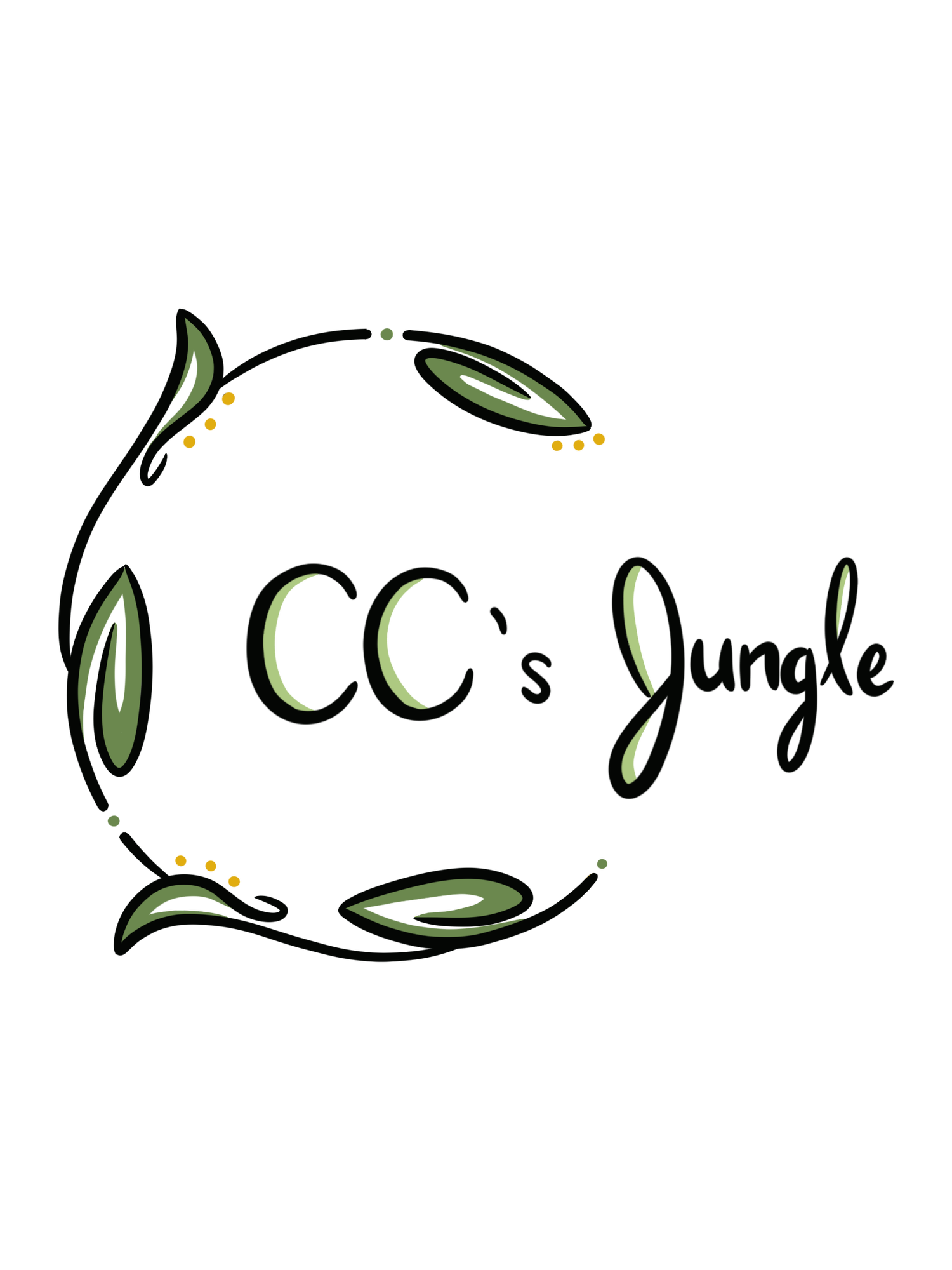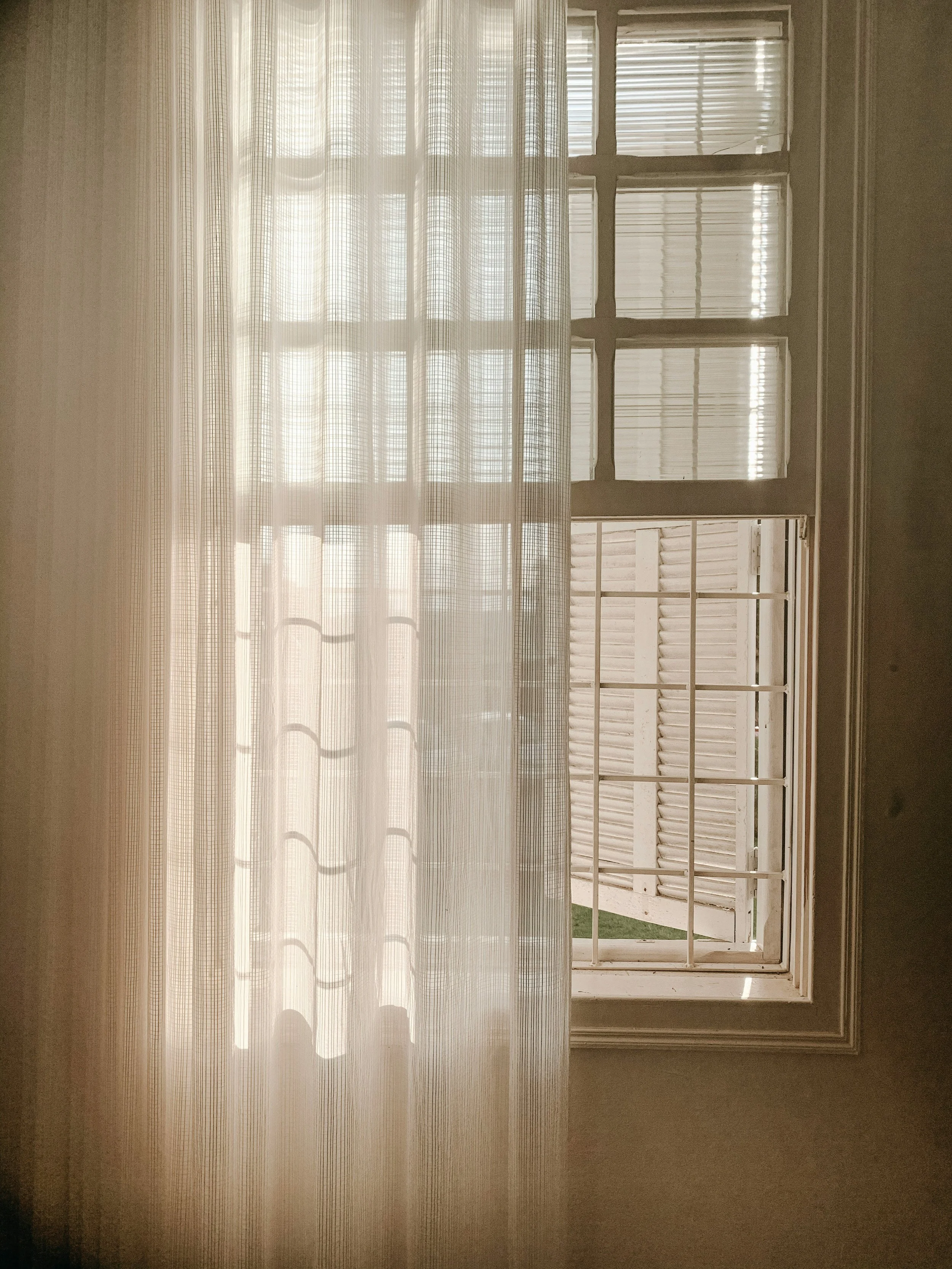
Lighting
___________________________
Indoor Lighting
Light is a crucial requirement for plants to thrive. They need it to photosynthesize! But how do we know how much light we have inside our house?
There are 3 Types of lighting in or around our homes: Low Light, Medium Light, and High Light.
I will go into detail about each of these types, where to find them, and some plants that do well in each type on this page!
Foot Candles
___________________________
Before going over each lighting type, I need to introduce you to foot candles (fc).
Foot Candles measure the intensity of light, or, in other words, how bright it is. 1 foot candle is equal to 1 lumen of light per square foot of space.
The only reliable way to figure out what kind of light you have in your home is by measuring the foot candles of each area you would like to put plants in.
Light meters will measure foot candles for you. If you like a physical, reliable option, there are cheap ones avaliable on Amazon. There are also some light meter apps you can download, though I personally have not tried them.
As I introduce each light type, I will also include the foot candle measurement for you to reference.
Low Light
___________________________
North facing windows, Corners, A distance away from or directly below a window
Foot Candles:
Common Areas:
50 - 200 fc
Snake Plants, Pothos (non-variegated), Vining Philos (non-variegated)
Good Plants:
___________________________
Low Light is by far the most common light found in the home. And unfortunately no plants really thrive in it. There are some plants that will still survive in low light, but they will have slower and often stunted growth.
North facing windows are most often low light due to our location in the northern hemisphere.
Low light can also be found in areas of very indirect light, such as corners of rooms, directly below windows, windows with outdoor plants or trees in front of them, or any space that is 3ft or more from a light source.
Plants in low light areas will often need supplemental lighting.
Serious Note: Notice this is not No Light! All plants need some light in order to live. Notice that you need at least 50 fc for it to be considered low light, and even that is very poor. Putting a plant in anything less than low light will be inducing its demise.
2. Medium Light
___________________________
East facing windows, 1 ft away from grow lights, next to a South or West window
Foot Candles:
Common Areas:
200- 500 fc
African Violets, Variegated Plants, Hoya, Pretty Much Everything
Good Plants:
___________________________
Medium light is BEST light for indoor plants. They absolutely thrive in medium light, especially variegated plants! It is bright enough to encourage fast and even growth, but not so bright that it will burn them. It is the most like the dappled-light they get in the jungle.
Variegated plants do especially well under Medium light. It is bright enough to encourage the variegation, but not bright enough to burn those light sensitive areas
East Windows are a wonderful Medium light spot! They get just enough bright light in the morning to make it perfect!
Also just outside a South or West window is good Medium light as well. Some high light windows that are partially covered by outdoor plants may also be Medium light.
Note: Grow lights are an amazing way to get Medium light in low light areas! More to come on this at the bottom of the page!
___________________________
3. High Light
Common Areas:
Foot Candles:
Good Plants:
500 - 1000 fc
South & West Windows, With 1ft from Grow Lights
Succulents, Hoya, Succulent-like Peperomia
___________________________
High Light is the least common in homes. And, it is also the hardest on plants. Most plants cannot stand the high intensity in these areas.
West and South facing windows - that are not blocked by outdoor plants - are usually the high light locations.
Some Grow Lights can also achieve High Light.
Most plants will be burned by the high light, so only the most succulent-like plants would be best for these areas.
Note: West windows are often deceiving. They don’t get very much light until the end of the day. However, the setting sun is the most intense of the day and can scorch plants much quicker. I recommend plants with no variegation at all in West windows.
Important Note:
Basement windows are a little different than above ground windows. When guessing the light for these windows, I always go down a Window Light Level to be more accurate when placing plants.
For example: I have a South Facing Basement window. South windows are normally High Light, but since it is under ground, I would consider it an East Window, which is Medium Light.
This means that North Facing Basement windows are not suitable for plants without the help of Grow Lights.
Grow Lights
___________________________
Last note is on grow lights.
Grow Lights are an excellent way to increase your the light in your space! There are a ton of options out there to fit whatever your needs are.
Two brands that I recommend are Barrina and Sansi, both of which you can find on Amazon.
Sansi have great Spotlights and they are high intensity so their light range can go for several feet. With these lights, anything within about 2ft of the light is High Light, and really close to the light can be Extremely High Light. 2 -3ft away is Medium Light, and anything over 3ft is Low Light.
These lights are great for using around your home because you can place the bulbs inside lamps or lamp covers to make them more decorative.
Barrina lights are Bar Lights and they are perfect for grow shelves. They are a much lower intensity than Sansi, so they work well in tight spaces.
Placing a plant within 6” of these lights will be High Light. 6 - 12” away is Medium Light, and anything over a foot away is Low Light.
Barrina lights are also nice because they can easily connect with each other. This means you can continue to add to your string as you get more lights, which is very handy.
Serious Note: Make sure you plants do not actually touch any of the Grow Lights. The lights are very intense right next to them and they produce a lot of heat, which will burn you plants instantly. As your plants grow toward them, make sure to rotate them to keep the foliage from actually touching the light source.
For more Basic Tips
Head back to my General Care Page!






